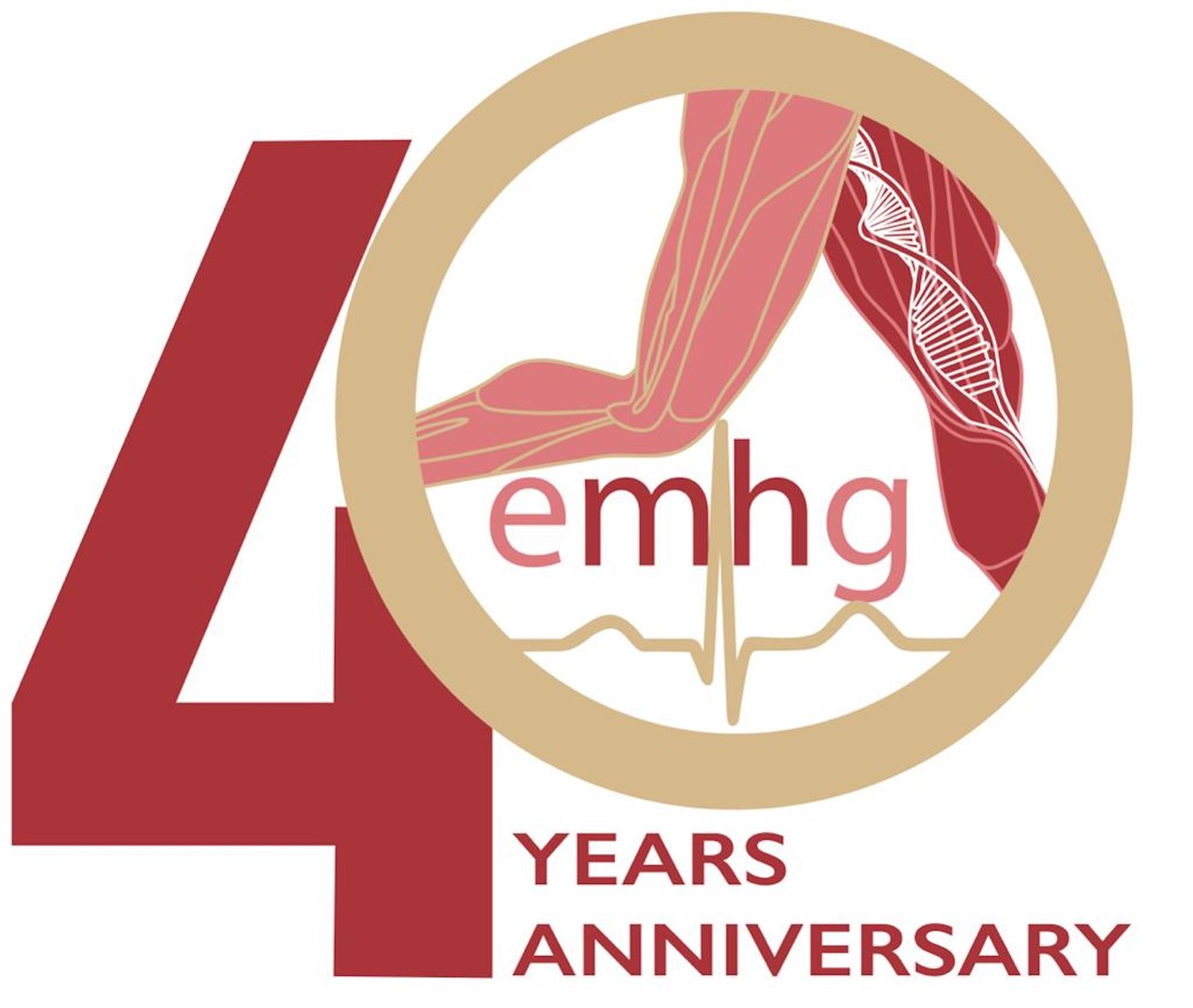Molecular genetic detection of susceptibility to MH
/Although an MH episode must be considered a multifactorial sequence of events, the genetic basis for MH susceptibility is largely due to mutations in the RYR1 gene. Despite several linkage and screening studies, mutations associated with MHS have been found only in RYR1and – more rarely – in CACNA1S, the gene for the skeletal muscle L-type voltage-dependent Ca2+ channel (Cav1.1 or DHPR).
The great majority of mutations reported in RYR1 result in the replacement of an individual amino acid. With the currently available algorithms it is challenging to predict the functional consequence of a given amino acid substitution within a large tetrameric protein complex such as RYR1. We include, as an Appendix, an updated guideline for the interpretation of RYR1 sequence variants in order to classify them as MH-associated or not. The same principles should be applied to variants in CACNA1S and other genes implicated in the future. A list of proven MH-associated RYR1 mutations is available on the EMHG website.
- Predictive testing based on a known familial mutation. If an MH-associated RYR1 mutation has been identified in the index case (i.e. a person who has a clinical history consistent with MH or who has a clearly positive IVCT result) the RYR1mutation can be used for predictive genetic testing of relatives. Persons-at-risk who are found to carry the familial mutation should be regarded as MHS, i.e. at increased risk of developing MH under triggering anaesthetic conditions. In contrast, persons-at-risk who do not carry the familial mutation cannot be regarded as completely risk-free. This is due to the limited sensitivity of the tests. It is known from the study of large pedigrees that in about 5 % of cases IVCT results and genetic data are discordant. Should such persons seek maximal safety, an IVCT should be considered.
- RYR1 mutation screening as a diagnostic test. A number of genetic testing methods are available for mutation screening of RYR1 either as targeted analysis of the known MH-associated mutations or as screening of the entire coding regions. Irrespective of the methods applied, a clear clinical indication is a prerequisite for genetic testing, i.e. either a positive IVCT (any subtype of MHS) or a clinically suspected MH episode. If one of the known MH-associated mutations has been identified, the person should be considered at increased risk of developing MH under triggering anaesthetic conditions. In the absence of a RYR1 mutation a disposition to MH cannot be excluded. The decision on the next diagnostic steps must then be based on the clinical indication. When the entire coding region of RYR1 is being screened, as yet unclassified sequence variants will be frequently identified. The genetic laboratory is responsible for checking the available published evidence (literature and databases) and for applying prediction algorithms with the aim of eventually classifying the variant as neutral or potentially MH-associated. For patient safety, individuals carrying a “potentially MH-associated” RYR1 variant should be regarded at increased risk for MH until further diagnostic tests, i.e., an IVCT, have been performed.

